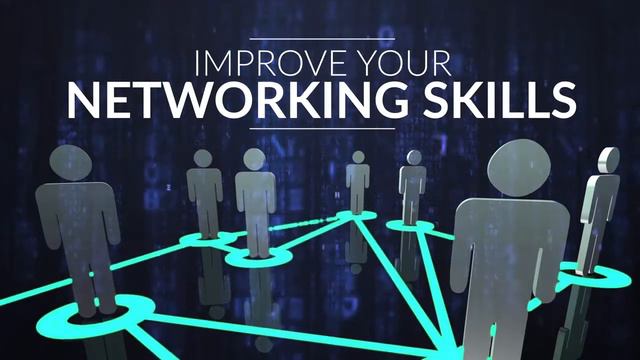
Introduction:
In an era marked by increasing environmental concerns and mounting waste management challenges, the concept of a circular economy has emerged as a beacon of hope. By rethinking our approach to production, consumption, and waste disposal, the circular economy model offers a transformative solution to address these pressing issues. Through innovative practices and collaborative efforts, communities around the world are embracing the circular economy, turning waste into wealth, and creating a more sustainable future.
Understanding the Circular Economy:
The circular economy is an alternative economic model that seeks to decouple economic growth from resource depletion and environmental degradation. It revolves around the principles of designing out waste and pollution, keeping products and materials in use for as long as possible, and regenerating natural systems. Rather than following the traditional linear “take-make-dispose” model, the circular economy aims to close the loop and create a system where resources are used efficiently and waste is minimized.
Circular Economy Innovations:
Communities that have embraced circular economy innovations are witnessing transformative changes that benefit both the environment and their economies. These innovations encompass a wide range of initiatives, including:
- Product Design and Material Selection: Circular economy principles encourage designing products for durability, reparability, and recyclability. By utilizing eco-friendly materials and implementing modular designs, products can be easily disassembled and components reused or recycled.
- Waste-to-Energy Solutions: Instead of sending waste to landfills, communities are adopting waste-to-energy technologies such as anaerobic digestion and incineration with energy recovery. These solutions not only reduce the volume of waste but also generate clean energy.
- Resource Recovery and Recycling: Advanced sorting and recycling technologies enable the extraction of valuable materials from waste streams. By implementing efficient recycling systems, communities can recover resources from discarded products and reintegrate them into the production cycle.
- Sharing and Collaborative Consumption: The rise of the sharing economy, driven by platforms and apps, allows communities to maximize the use of assets by sharing them among multiple users. This reduces the need for excessive production and promotes the efficient use of resources.
- Industrial Symbiosis: Industrial symbiosis fosters collaboration among different industries, where the waste generated by one becomes a valuable resource for another. By exchanging by-products, water, and energy, these symbiotic relationships create a closed-loop system, minimizing waste and optimizing resource utilization.
Benefits and Impacts:
The shift towards a circular economy brings forth a multitude of benefits for communities. Firstly, it reduces waste generation, mitigating the burden on landfills and minimizing pollution. Secondly, it conserves natural resources by maximizing the use of existing materials. This leads to a decreased reliance on virgin resources and reduces the associated environmental impact of extraction and processing. Additionally, circular economy practices drive innovation, foster entrepreneurship, and create new job opportunities, stimulating economic growth.
Moreover, the circular economy is a powerful tool for combating climate change. By reducing waste, reusing materials, and employing renewable energy sources, communities can significantly reduce greenhouse gas emissions and contribute to global climate targets.
Transforming Communities:
Circular economy innovations have the potential to transform communities on multiple fronts. By adopting sustainable practices and collaborating with businesses, governments, and citizens, communities can enhance their resilience, improve resource efficiency, and create a more inclusive and equitable society.
Furthermore, circular economy initiatives often empower marginalized groups by providing opportunities for income generation and skill development. For instance, recycling and upcycling enterprises can create jobs for individuals from vulnerable communities, fostering social integration and reducing poverty.
Conclusion:
The transition from a linear economy to a circular economy holds great promise for transforming communities and driving sustainable development. By embracing innovative practices and adopting circular economy principles, we can unlock










